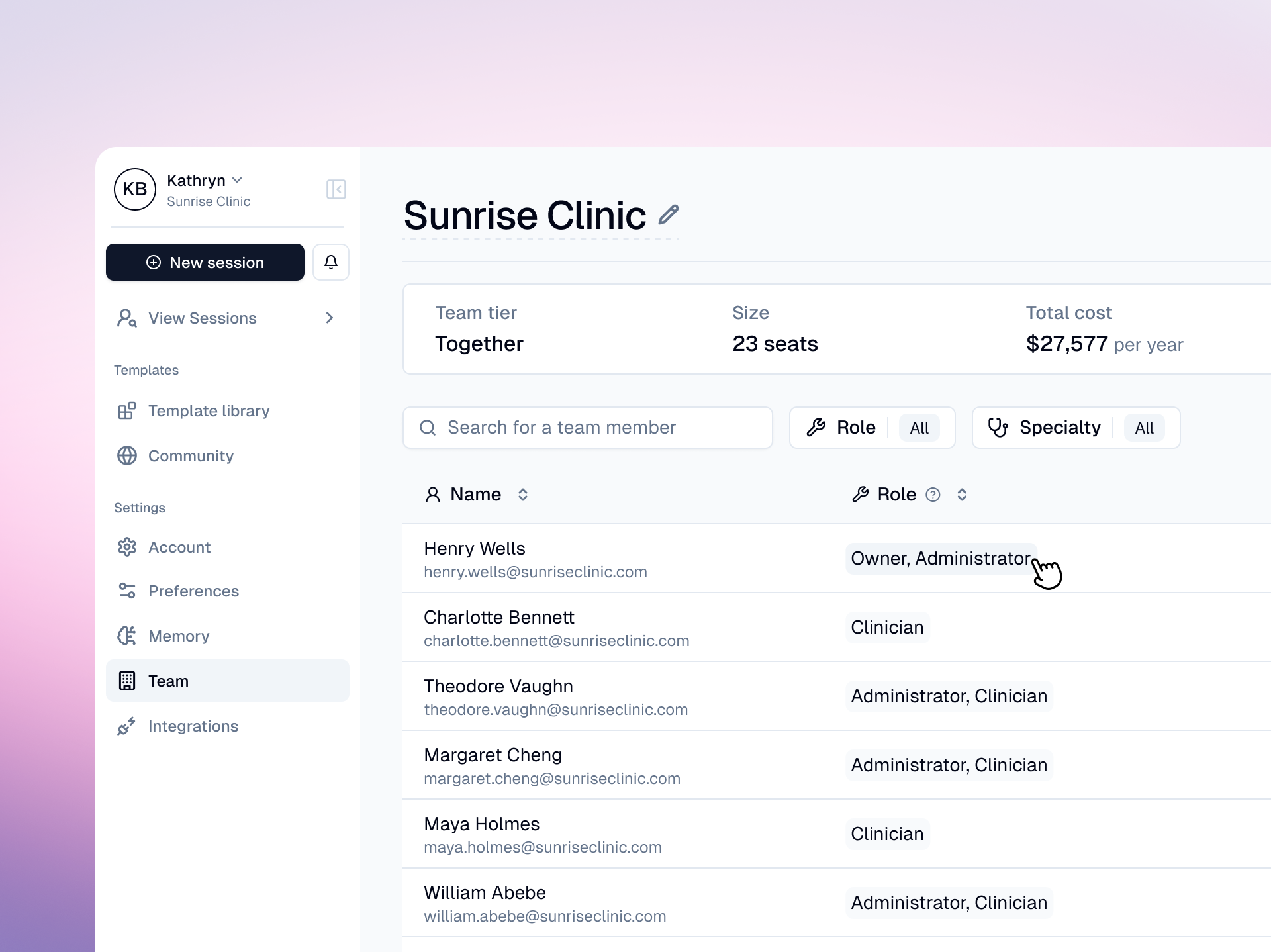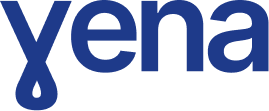
Top 5 AI Medical Scribe Platforms in 2025
The AI scribe market has grown fast. What started as an attempt to shave off a few hours of documentation time has turned into a race to redefine how clinicians interact with patient records. Most platforms focus on automating transcription. A few are trying to do more: organizing clinical data, generating structured output, and integrating into day-to-day workflows without adding complexity.
Here are the best medical AI scribe platforms in 2025.
5. DeepScribe

DeepScribe's strength is its simplicity. It passively listens during a visit and generates a structured clinical note. It's been a reliable choice for clinicians who want ambient transcription without a lot of setup.
What works:
- Setup is straightforward
- Captures standard visit formats reliably
- Integrates with most EHRs
What doesn't:
- Notes sometimes need revision for tone or clarity
- Not built for specialty workflows or advanced customization
- Can struggle with nuanced conversation or background noise
4. Tali AI

Tali positions itself as a comprehensive documentation assistant, combining AI scribing with dictation and medical search capabilities. Their platform focuses on reducing administrative burden by generating complete clinical documentation from patient conversations.
What works:
- Multi-language support for patient conversations and documentation
- Customizable templates for different clinical scenarios and specialties
- Smart editing features for quick modifications and translations
- Integration with major EHRs like Oscar Pro and TELUS Health
What doesn't:
- Some features may create a learning curve for less tech-savvy users
- Note customization options can be overwhelming initially
- Smaller practices may not need all available functionality
3. Heidi Health

Heidi Health is positioning itself as a digital assistant for general practice — not just capturing notes, but helping clinicians think through clinical reasoning. Its design favors simplicity over customization.
What works:
- Streamlined interface focused on core workflows
- Fast, AI-generated notes optimized for primary care
- Strong clinical reasoning support
What doesn't:
- Limited flexibility in note formatting or tagging
- Less suited for specialty clinics
- Doesn't yet support advanced document generation or custom templates
2. Nuance DAX (Dragon Ambient eXperience)

Nuance DAX has become the enterprise standard for ambient scribing. It integrates tightly with Epic and other large EHR systems, offering fully automated note generation based on in-room audio.
What works:
- High accuracy in structured note output
- Built-in EHR integration
- Scales across large networks
What doesn't:
- Setup and pricing are tailored to large institutions
- Limited flexibility for solo or small-practice clinicians
- Less adaptable to workflows outside standard outpatient models
1. Vena

Vena approaches documentation differently. Rather than just recording and transcribing, it gives clinicians a place to create structure — from managing patient context to generating notes and documents based on custom inputs.
What works:
- Sessions can be organized by patient or topic, with filters and tags
- Dictate, transcribe, or type — all in real time, with full edit access
- Upload DOCX or PDF templates and generate documents directly from session context
- Modify previous outputs as patient info changes — regenerations update automatically
- Built-in analytics give lightweight visibility into recent activity
- Free version available; Pro plan unlocks full capabilities
What doesn't:
- Offers more control than some clinicians may need
- Advanced features (like custom template generation) take a few minutes to learn


